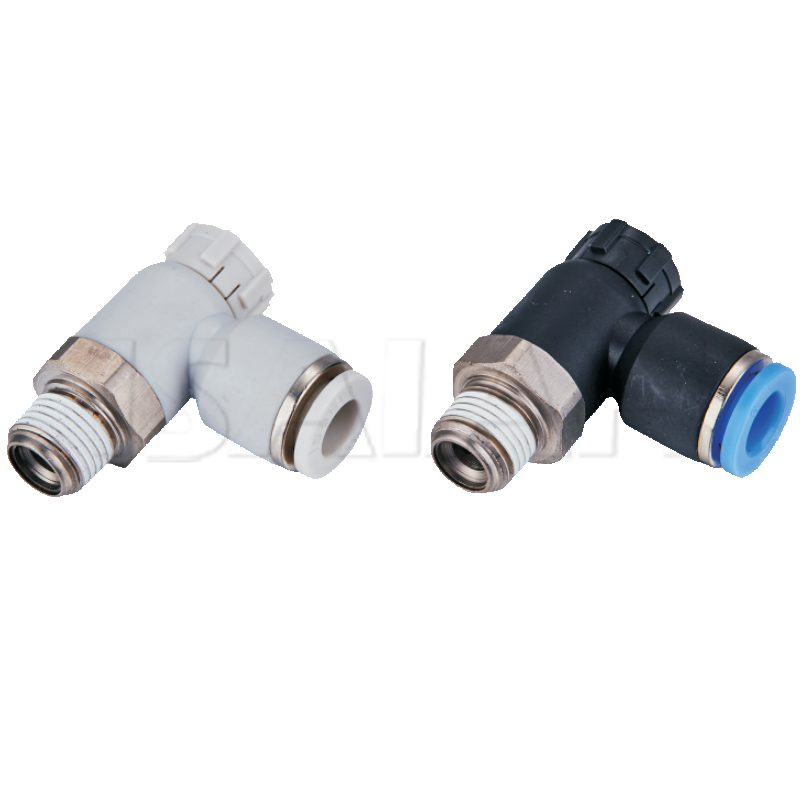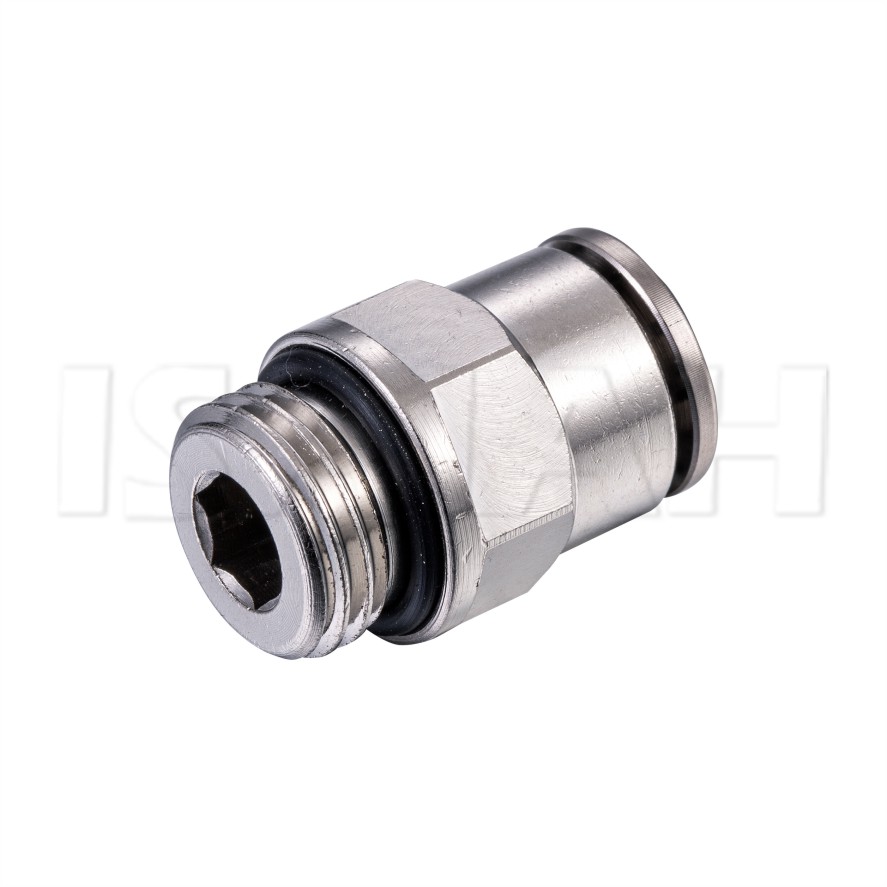Introduction
Industrial automation, pneumatic systems, and high-performance machinery all rely on precise and efficient control of compressed air. Among the many components that make pneumatic systems faster and more reliable, the quick exhaust valve stands out as one of the most practical yet often underestimated devices. Its primary purpose is to release compressed air directly into the atmosphere at the point of use rather than routing it back through the control valve. This simple mechanism significantly improves system responsiveness, reduces cycle times, and enhances equipment efficiency. To fully understand its role, it is important to examine how a quick exhaust valve functions, why it is used, and the specific problems it solves in pneumatic applications.
Understanding the Quick Exhaust Valve in Pneumatic Systems
A quick exhaust valve is designed to accelerate the exhaust of compressed air from an actuator, usually a cylinder or diaphragm, by providing a shorter path to the atmosphere. Instead of forcing the air to travel back through control valves and tubing, the quick exhaust valve vents it directly. This reduces resistance, lowers back pressure, and speeds up piston retraction or extension.
In typical pneumatic systems, every millisecond of response time can influence productivity, especially in high-speed operations such as packaging, clamping, or pressing. By cutting down the exhaust delay, quick exhaust valves transform an average pneumatic setup into a more responsive system. The result is not only faster motion but also improved control over operations that require precise timing.
The Core Purpose of a Quick Exhaust Valve
The main purpose of a quick exhaust valve is to reduce the time required for pneumatic actuators to change states. Without it, compressed air would need to exit through the same directional control valve that supplied it, which can create a bottleneck. With the valve in place, air bypasses the longer path and escapes rapidly.
This function achieves three critical objectives:
Speed enhancement – Rapid exhaust allows actuators to move faster.
Cycle efficiency – Shorter cycle times increase overall machine throughput.
Energy optimization – Lower back pressure helps reduce unnecessary wear and strain on equipment.
By directly targeting the delays inherent in pneumatic systems, quick exhaust valves address one of the most common bottlenecks in automation.
How a Quick Exhaust Valve Works in Practice
A quick exhaust valve typically consists of a body, an inlet port, an exhaust port, and an outlet connected to the actuator. Inside, a flexible diaphragm or poppet acts as the switching mechanism.
When air is supplied to the actuator: The diaphragm seals the exhaust port, allowing pressure to build up in the actuator.
When the actuator needs to exhaust: The diaphragm shifts, opening the exhaust port and venting compressed air directly into the atmosphere.
This simple mechanical response happens instantaneously, ensuring the actuator moves back or forth at higher speed. In high-cycle industries such as packaging, injection molding, or textile manufacturing, these milliseconds translate into significant productivity gains.
Key Benefits of Using Quick Exhaust Valves
The effectiveness of quick exhaust valves extends beyond speed improvements. They deliver several performance and maintenance-related benefits that justify their integration in modern pneumatic systems.
| Benefit | Impact on System |
| Faster actuator response | Reduces downtime and improves cycle speed |
| Lower energy consumption | Minimizes back pressure, requiring less compressed air |
| Reduced valve wear | Decreases the workload on directional control valves |
| Improved safety | Provides quicker release of air in emergency stop scenarios |
| Extended equipment lifespan | Minimizes stress and wear on actuators and associated components |
Each of these advantages ties back to the valve’s primary purpose: ensuring air exhaust happens as efficiently as possible to enhance system reliability.
Applications of Quick Exhaust Valves Across Industries
Quick exhaust valves are versatile components found across various industrial settings. Their use cases directly reflect their ability to improve pneumatic efficiency.
Manufacturing and Assembly Lines – Faster actuation reduces bottlenecks during clamping, pressing, and ejection processes.
Packaging Machinery – Ensures rapid sealing, cutting, or filling actions where speed dictates output capacity.
Automotive Systems – Applied in air brake systems to enable quick venting of pressure for safety and responsiveness.
Textile Equipment – Supports high-speed repetitive movements without loss of control.
Robotics and Automation – Enhances the motion precision of pneumatic-driven robotic arms.
The industries that adopt quick exhaust valves tend to operate under strict cycle-time requirements, making the valves indispensable for efficiency and reliability.
Comparing Quick Exhaust Valves to Standard Exhaust Methods
To appreciate the main purpose of a quick exhaust valve, it helps to compare it with traditional exhaust routing through directional control valves.
| Feature | Standard Exhaust | Quick Exhaust Valve |
| Exhaust path | Long, through control valve | Direct, at actuator |
| Response time | Slower due to restrictions | Faster, nearly instantaneous |
| Energy efficiency | Higher back pressure and energy waste | Lower back pressure and improved efficiency |
| Wear on control valve | Higher due to repeated airflow cycles | Reduced, since exhaust bypasses valve |
| Best suited for | Low-speed, low-demand applications | High-speed, high-precision applications |
This comparison highlights why industries focused on performance prioritize quick exhaust valves over standard methods.
Design Considerations When Selecting a Quick Exhaust Valve
While the purpose of the quick exhaust valve is straightforward, choosing the right one requires consideration of several factors:
Flow capacity – Must match the actuator’s airflow requirements for maximum efficiency.
Port size compatibility – Correct sizing ensures seamless integration without leaks.
Material selection – Brass, aluminum, or stainless steel options should match the operating environment.
Operating pressure range – Ensures reliable function across different load conditions.
Mounting location – The closer the valve is to the actuator, the more effective it will be.
By aligning these factors with the system’s requirements, engineers can optimize both performance and longevity of their pneumatic applications.
Common Problems Without Quick Exhaust Valves
Systems lacking quick exhaust valves often face inefficiencies that impact productivity. The most common issues include:
Slow Actuator Movement – Air trapped in the cylinder takes longer to escape, delaying motion.
Increased Wear on Control Valves – Exhaust passing repeatedly through them accelerates deterioration.
Energy Loss – Back pressure leads to wasted compressed air and increased operational costs.
Unreliable Cycle Times – Inconsistent actuator performance disrupts synchronization in automated processes.
By solving these challenges, quick exhaust valves prove their essential role in modern pneumatic design.
Conclusion
The main purpose of a quick exhaust valve is to accelerate the release of compressed air directly at the actuator, enabling faster, more efficient, and more reliable operation of pneumatic systems. Beyond speed, these valves improve energy efficiency, reduce control valve wear, and extend equipment lifespan. Industries that rely on high-speed automation—from packaging to automotive systems—benefit significantly from integrating quick exhaust valves. By simplifying the exhaust process, they resolve one of the most common bottlenecks in pneumatic systems, ensuring smooth, safe, and optimized performance.
FAQ
1. What is the function of a quick exhaust valve in pneumatic cylinders?
It allows trapped air in the cylinder to exhaust quickly into the atmosphere, enabling faster extension and retraction of the piston.
2. Can a quick exhaust valve save energy?
Yes. By reducing back pressure and minimizing wasted airflow, it improves overall system efficiency and lowers energy consumption.
3. Where should a quick exhaust valve be installed?
It should be mounted as close as possible to the actuator or cylinder to maximize exhaust efficiency.
4. Are quick exhaust valves only used in industrial automation?
No. They are also widely used in automotive air brake systems, safety mechanisms, and other applications requiring rapid air release.
5. What happens if a system operates without a quick exhaust valve?
The actuator response slows down, directional valves experience more wear, and cycle times become less predictable, reducing efficiency.






























